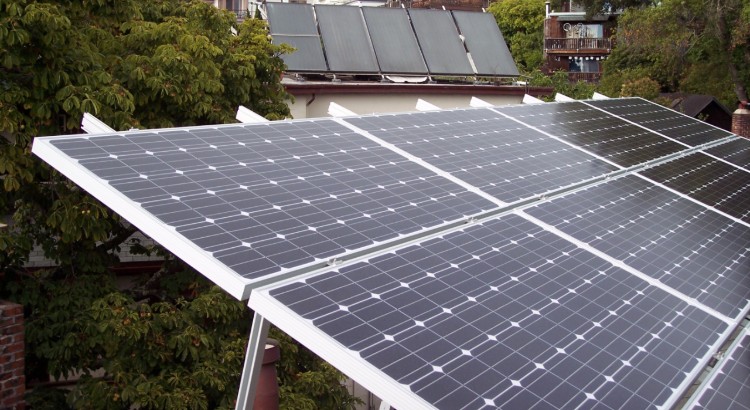This is one of five major green building trends we’ve identified for 2019. To explore more of them, check out our Five green building trends for 2019 cover story.
The scientific data that climate change is upon us got stronger in 2018. And plenty of real world evidence — in the form of hurricanes, wildfires, floods and blizzards — backed up the science.
“It’s no longer something scary that might happen in the future,” notes Lord Aeck Sargent Director of Sustainability Jim Nicolow. “It’s something scary happening now.”
Don’t expect much action on climate policy at the federal level so long as Donald Trump occupies the White House. The president has made clear that he views climate change as a hoax. And no matter what measures the U.S. House of Representatives passes — whether it’s a “Green New Deal” or a more tightly targeted approach — the Senate is unlikely to follow suit.
Into the void have stepped dozens of state governments, local governments and a large part of the business community. In 2019, their actions may drag the rest of the country kicking and screaming toward climate change action.
The Sierra Club now lists 109 cities and 11 counties that have pledged to power themselves only with renewable energy by 2050 or earlier. Of those, only six small towns actually have reported reaching that goal. So it’s still easy to dismiss such ambitious goals as symbolic.
In starts and stops, however, cities are aiming real action at their stated targets. “Energy consumed by buildings” comprises around half the carbon emitted in major cities, and the kinds of programs that cities are able put in place will have an outsized impact on the built environment.
One example: In 2017, then-Mayor Kasim Reed set a 2035 goal for 100 percent renewable electricity for Atlanta city facilities by 2025 and for the entire community by 2035. Current Atlanta Mayor Keisha Lance Bottoms has moved the deadline for city facilities back to 2035; but this month her administration did get the City Council to approve a plan for city facilities to make the 2035 deadline. Among those city properties are the world’s busiest airport.
Calling for 100 percent clean energy may be good politics in liberal cities. It’s also viewed as an economic development tool — both because of the thousands of jobs that energy efficiency programs and the solar industry tend to generate, and because so many large corporations have jumped onto the clean energy bandwagon.
According to the advocacy group RE100, 166 major corporations have now committed to 100 percent renewable power — with a substantial portion of them slated to reach the landmark this year or next. While vehicle fleets are part of the picture for some of those companies, the bulk of the commitments are aimed at greening the energy needs of buildings.
Then, there are the states. In 2017, Hawaii set a goal of 100 percent renewable by 2045. But last year’s commitment by California was the game changer. The California plan, pushed by Governor Jerry Brown ahead of last fall’s Global Climate Action Summit in San Francisco, calls for 100 percent “carbon free” energy by 2045. It also has real meat because the state’s Green Building Standards include such far reaching measures as requiring new houses to include solar panels. Just as important is the state’s well-earned reputation for driving environmental progress for the entire country.
California’s storied impact on the clean air regulations offers a textbook example on how the world’s fifth largest economy can drive business practices, innovation and markets. That may be happening again as the Golden State refuses to follow the Trump Administration’s lead in abandoning vehicle mileage standards put in place by the Obama administration.
Now, a similar phenomenon may be at work when it comes to building standards and clean energy. As one leading energy expert told CNBC recently:
“California by itself is one of the largest economies in the world. What happens there has some impact, and it’s going to be an impact that has an effect on the rest of the country because they’re going to be figuring out ways to make solar cheaper and that scale will help bring down the cost.”
Nobody’s fooling themselves into thinking that cities, states and businesses can make up for a federal government’s abdication of responsibility in fighting climate change. As those three sectors move toward implementing measures to address their ambitious 100 percent goals, however, their demands are fast forwarding the development of clean energy and energy efficiency markets.
The Kendeda Living Building Chronicle reports on regenerative design and construction, which a special focus on the Kendeda Building for Innovative Design and Construction. To explore more of our Five Green Building Trends for 2019, click here.


